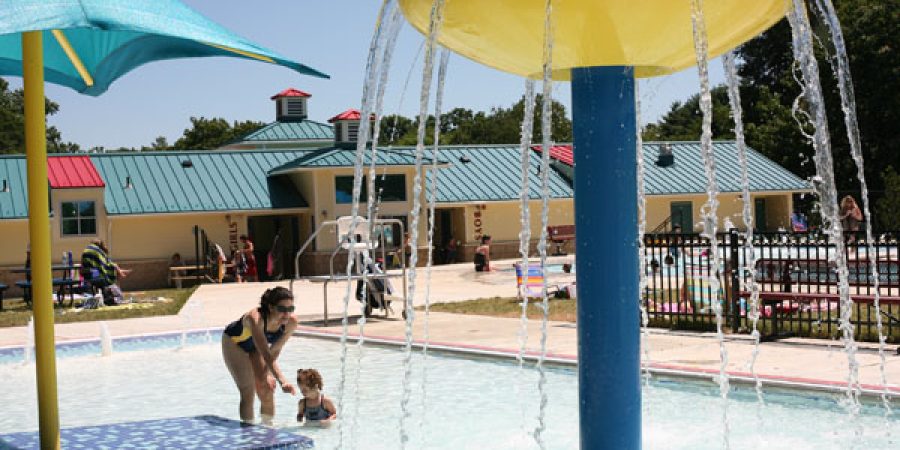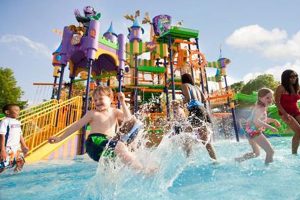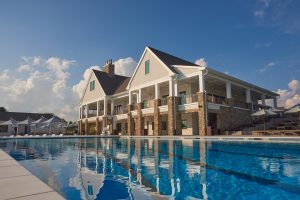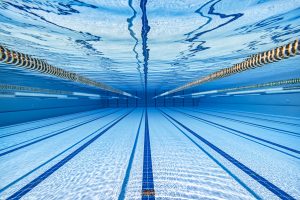Developing an aquatic facility that truly serves its community requires more than just architectural expertise; it necessitates active and ongoing community engagement. Involving local residents, stakeholders, and future users in the planning and design process ensures that the facility meets the unique needs and desires of the community, leading to increased usage, satisfaction, and overall success.
1. Identifying Community Needs and Desires
Understanding what the community wants from an aquatic facility is the first step toward success. This involves:Wikipedia
-
Public Meetings and Surveys: Gathering input on desired features, programs, and services.
-
Focus Groups: Engaging specific demographics, such as seniors, youth, or competitive swimmers, to understand their unique needs.
-
Feedback Analysis: Assessing community input to identify common themes and priorities.
2. Inclusive and Accessible Design
A facility designed with community input is more likely to be inclusive and accessible:
-
ADA Compliance: Ensuring accessibility for individuals with disabilities.
-
Diverse Programming: Offering programs that cater to various age groups, skill levels, and interests.
-
Cultural Sensitivity: Incorporating design elements and programs that reflect the community’s cultural diversity.
3. Building Community Ownership and Support
When the community feels a sense of ownership, support for the facility grows:
-
Volunteer Opportunities: Encouraging community members to participate in operations and events.
-
Partnerships: Collaborating with local organizations, schools, and businesses to enhance programming and resources.
-
Transparent Communication: Keeping the community informed about planning, construction, and operational phases.
4. Ensuring Financial Sustainability
Community engagement contributes to the financial viability of the facility:
-
Membership Drives: Tailoring membership options based on community feedback to boost enrollment.
-
Fundraising Events: Hosting community-centered events to raise funds and increase involvement.
-
Responsive Management: Adjusting programs and services based on ongoing community input to maintain relevance and support.
Building Community-Centric Aquatic Facilities
At Wallover Architects, we believe that community engagement is the cornerstone of successful aquatic facility design. By involving the community at every stage, we create spaces that are not only functional and sustainable but also cherished by those they serve.
📞 Call us at 717-295-7754
📧 Email us at ewallover@walloverarchitects.com
Let’s collaborate to design an aquatic facility that reflects and enriches your community!




